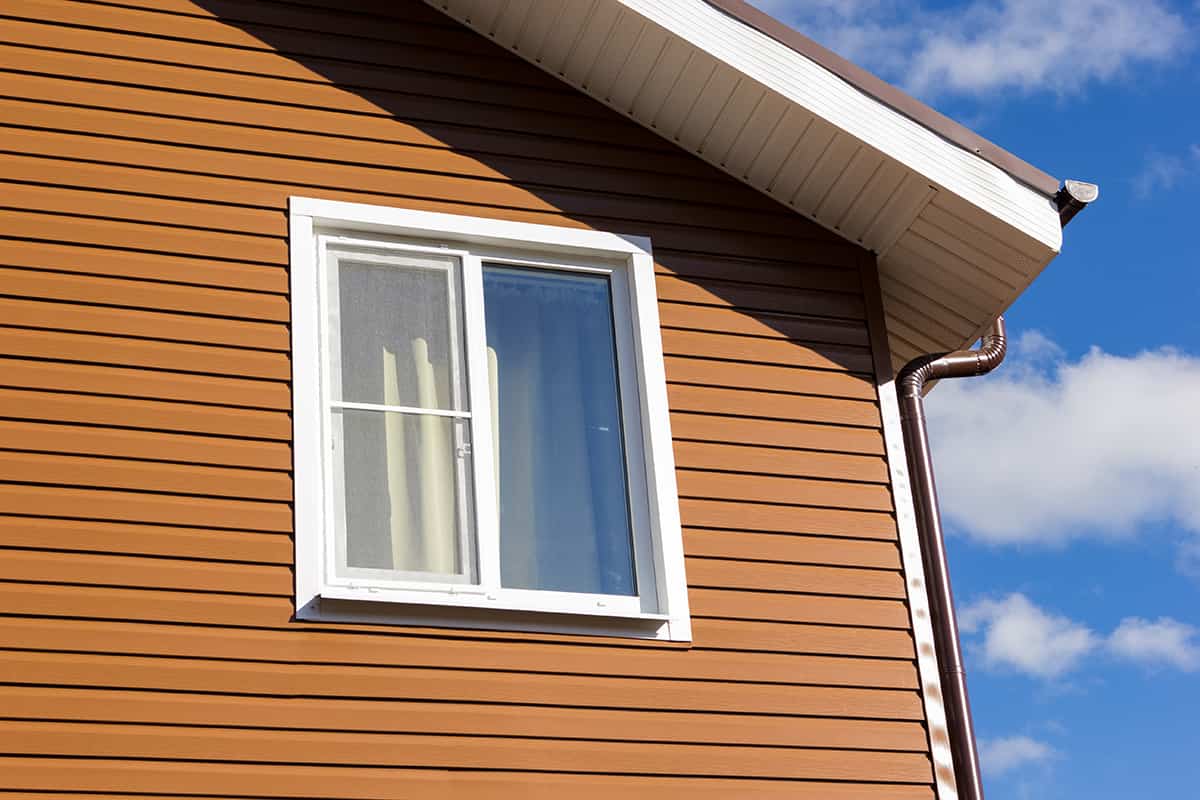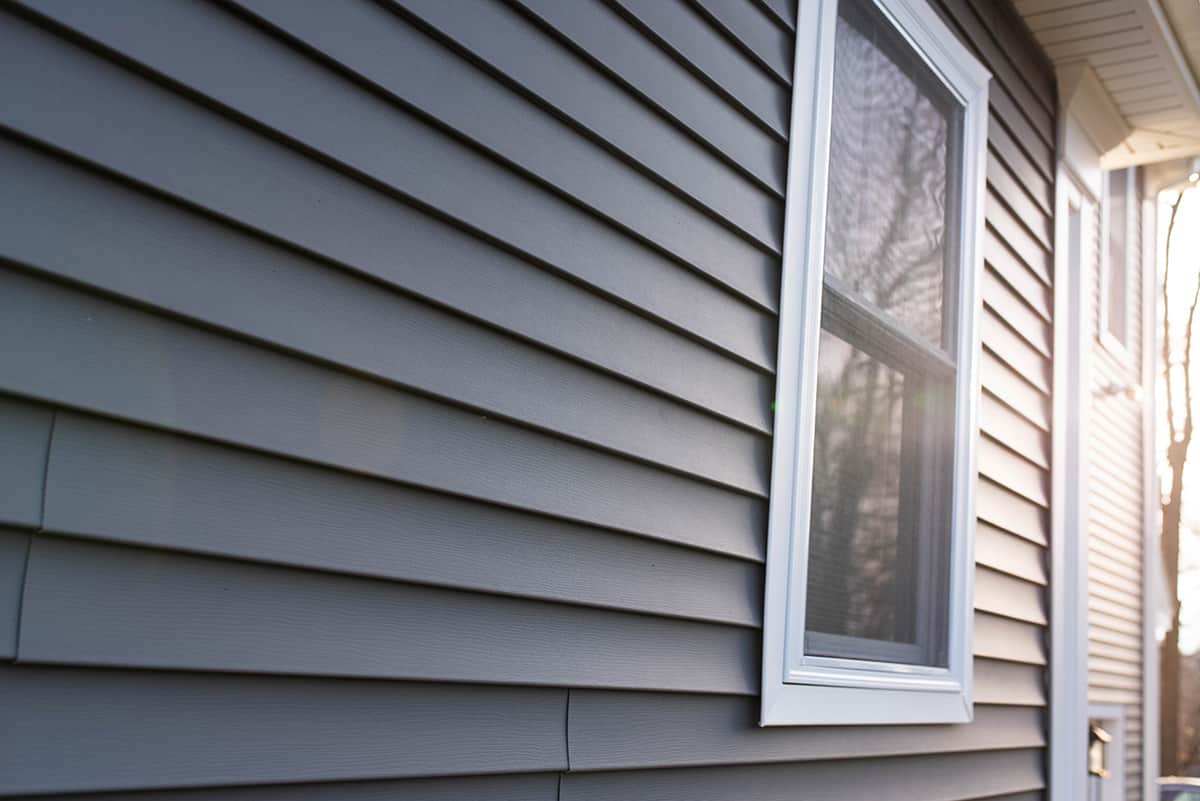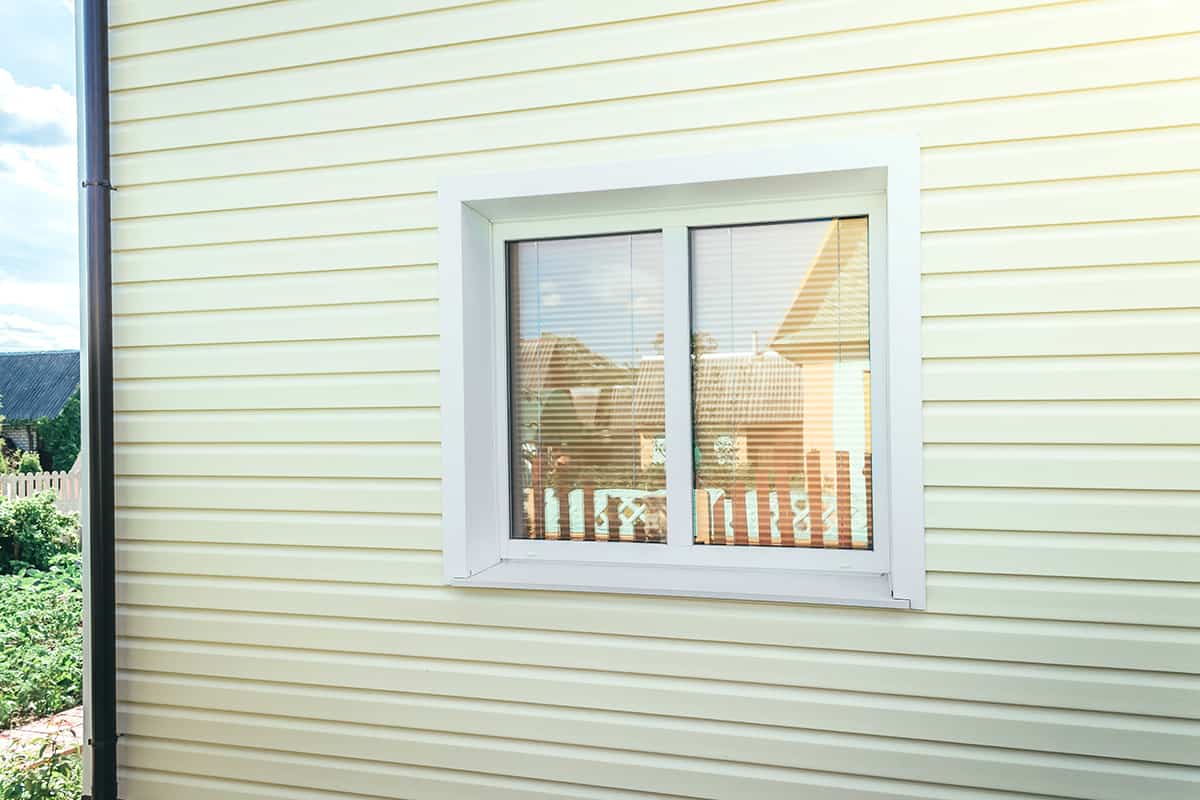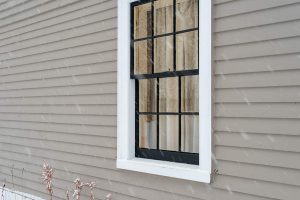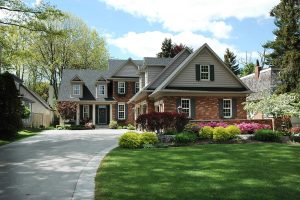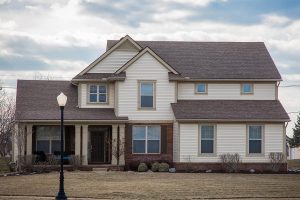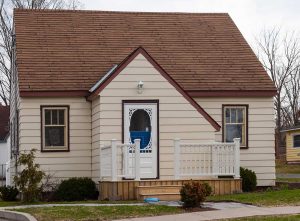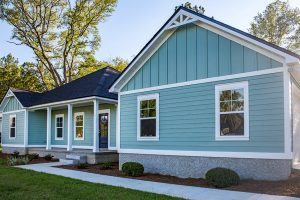Vinyl siding, like other types of siding, improves energy efficiency in your home, protects it from outside elements, and creates property curb appeal. It is a popular choice for siding because it is durable, long-lasting, and is typically lower maintenance and lower cost compared with wooden siding.
However, vinyl siding does have some drawbacks, most notably that it can fade over time. We will look at this in more detail below.
What Causes Vinyl Siding to Fade?
If you have seen older homes that have not had their siding replaced, then you have probably noticed that their siding has a faded, uneven, or sunbleached appearance. This may put you off investing in vinyl siding if it is just going to fade and look dated in a few years, but actually, any time of siding you get is, unfortunately, going to suffer from fading.
There is no material that is completely resistant to sun fading, though typically, the wooden siding will fade at a slower rate. While vinyl siding is the most susceptible to fading than other types of siding, there are many fade-resistant options for vinyl siding, which will fade at a much slower rate than you might expect.
Vinyl siding on older homes would typically need to be replaced every ten or so years because it had faded so badly that it had a negative effect on the look of the home. However, modern vinyl siding has seen vast improvements to manufacturing, which means that many types of vinyl siding will now look newer for longer.
If you want to keep your siding looking in its best condition, there are steps you can take, which we will discuss later, but unfortunately, you cannot remove the causal factors as these are weather-related.
UV Rays
The biggest factor which causes vinyl siding to fade is undoubtedly the sun and its harmful UV rays. If you live in an area that enjoys plenty of sunshine, then you can expect your siding to fade more quickly compared with a house located in a more cloudy and grey climate.
If your siding faded at an even rate, then this may not represent as much of a problem, but unfortunately, as the sun moves, different parts of your siding will experience fading, which will lead to an uneven fading on your home. This can give the exterior of your house an almost tie-dye effect, with some parts more heavily faded than others.
The aspect of your property, which faces the sun for the brightest part of the day, will be more faded than the other walls. Any barriers to sunlight reaching your siding will also create uneven fading. For example, if you have a tree that shades a part of your home, then this will not fade as much as the remainder, which is in full sun.
Any fixtures on your property, such as light fittings or a mailbox, will also prevent UV rays from reaching the siding, and therefore these parts will not fade. This can present a problem if you want to change your lights, for example, as you will have obvious parts of the siding which are a different color from the rest of the walls.
Rain
Rain can cause vinyl siding to fade, but this will happen at a much slower rate compared to fading from sunlight. Heavy rainfall can cause the protective layers on your vinyl siding to be worn away, and this is especially the case if you live near the coast where rain will have a higher salt content. The degradation of protective layers will make the siding more vulnerable to fading.
Snow
Moisture from snow can wear away protective layers on vinyl siding, much like rain. Snow can also lead to the fading of vinyl siding because snowfall on the ground will reflect the sun’s rays onto houses, causing them to experience double the level of UV rays for that time of year.
Preventing Vinyl Siding From Fading
Although you cannot completely prevent vinyl siding from fading, you can help to protect it to ensure it keeps its color for longer.
Maintenance
Vinyl siding suppliers suggest that vinyl siding is annually maintained by giving it a thorough wash. Once a year, use a jet washer to spray a vinyl cleaning solution over the siding. This will remove dust and pollen particles which, if allowed to build up, would damage the UV protective coating on your siding.
Fade Resistant Vinyl
If you choose a higher quality vinyl siding, then it is likely to retain its color for longer than a low-quality siding. This is because thicker siding has its color embedded deeper into the vinyl, and therefore even when the top layers become damaged, the color will still be visible.
On the thinner, cheaper siding, the color layer is only on the most outer part and, therefore, can be worn away more quickly. Most vinyl siding manufacturers offer a line of fade-resistant siding, which is worth paying a little extra for because it can extend the life of your siding by many years.
Choose Color Wisely
If you’re worried about vinyl siding fading, choose the vinyl siding color that won’t show fading as obviously. White or shades of beige, such as light tan, will not fade as noticeably as darker colors, and therefore will look newer for longer. Colors with red undertones, such as burgundy and orange, will typically show fading faster than other colors.
Older types of vinyl siding were renowned for fading, with darker colors fading the fastest. For this reason, darker shades were not widely available; however, the emergence of high-quality fade-resistant vinyl products means that you can now get vinyl siding in any color you like, including dark colors.
Though these will fade quicker than pale colors, you can expect modern vinyl siding to last for five to ten years before you start to notice fading, and it won’t look heavily faded for several decades.
